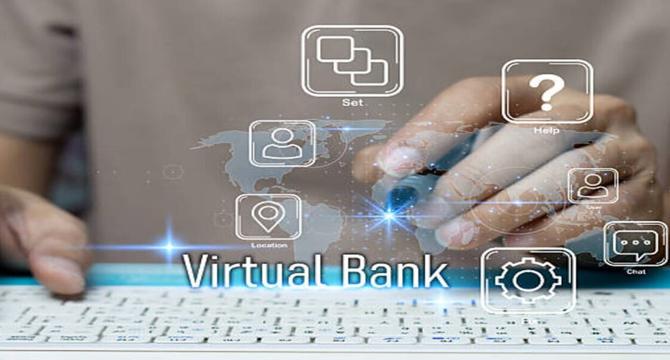Dev
5d
262

Image Credit: Dev
Reducing Security Threats Through Strengthened Access Control
- Access control plays a critical role in managing both external threats and internal security risks in the face of increasing security breaches and remote work environments.
- It enforces the principles of confidentiality, integrity, and availability by restricting unauthorized access and minimizing security incidents through the principle of least privilege.
- Establishing clear policies and a management framework is vital in achieving security, with access control serving as a foundational step to enhance security levels.
- Access control regulates who can access resources in an information system, ensuring only authorized entities can view or use specific data or systems.
- Authentication verifies user or system identity, while authorization defines access rights, both essential in securing access control.
- Role-Based Access Control (RBAC) assigns permissions based on user roles, while Attribute-Based Access Control (ABAC) uses attributes for access rights, contributing to enhanced security.
- Multi-Factor Authentication (MFA) strengthens security by requiring multiple authentication factors, reducing unauthorized access risks.
- Corporations, healthcare institutions, and public sectors use access control methods like RBAC, ABAC, and MFA to manage access and protect sensitive data.
- Developing a security policy, regularly reviewing accounts and privileges, and implementing log analysis for early threat detection are crucial strategies to strengthen access control.
- Access control, a fundamental security strategy, can be implemented with user roles and two-factor authentication to counter complex threats effectively.
Read Full Article
15 Likes
For uninterrupted reading, download the app